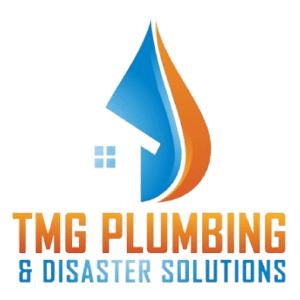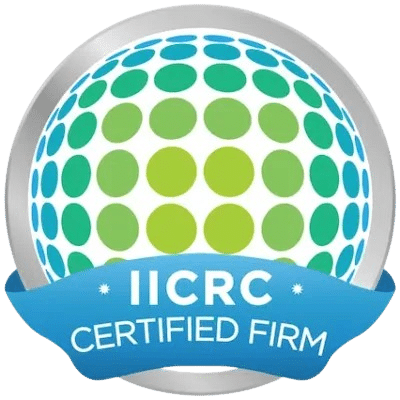Experiencing a fire can be overwhelming and traumatic, leaving behind visible damage and hidden hazards that threaten the safety and structure of your property. Whether it’s your home or business, knowing what to do after a fire is crucial for a safe and efficient recovery. At TMG Companies, we’re here to guide you through the essential steps, combining our fire restoration expertise with best practices for water damage restoration in CT.
Immediate Steps After a Fire
- Ensure Safety First: Do not re-enter the property until emergency services confirm it is safe. Structural damage and lingering smoke can pose severe health risks.
- Contact Your Insurance Provider: Promptly notify your insurance company to start the claims process and document all damages.
- Call Restoration Professionals: Reach out to certified fire and water damage restoration specialists in CT to assess and mitigate the damage quickly.
The Fire Restoration Process
1. Initial Assessment and Inspection
Certified restoration teams conduct a thorough inspection to evaluate the extent of fire, smoke, and water damage. This step is crucial, as water from firefighting efforts can cause additional issues if not promptly addressed.
2. Securing the Property
To prevent further damage and protect against theft or weather exposure, professionals will:
- Board up windows and doors
- Tarp roofs, if necessary
3. Water Damage Restoration
Water used to extinguish the fire can seep into floors, walls, and belongings, leading to mold and structural damage. Immediate water damage restoration is vital in CT’s climate to prevent these secondary problems. Specialists use industrial-grade equipment to extract standing water, dry affected areas, and sanitize the property.
4. Smoke and Soot Removal
Smoke and soot can penetrate deep into surfaces, causing persistent odors and health concerns. Expert technicians employ specialized equipment and cleaning agents to remove soot from walls, ceilings, floors, and belongings for a thorough restoration.
5. Cleaning and Sanitizing
This step involves deep cleaning of all salvageable items—furniture, clothing, and electronics—and proper disposal of non-recoverable materials.
6. Structural Repairs and Restoration
Once the property is clean and dry, repairs may include:
- Rebuilding damaged areas (walls, roofs, floors)
- Painting and refinishing surfaces
- Restoring utilities and HVAC systems for full functionality
7. Final Inspection and Prevention
Before you return, restoration professionals will conduct a final walk-through to ensure your property is safe, clean, and meets all building codes.
Why Professional Water Damage Restoration in CT Matters
In Connecticut, humidity and seasonal weather can accelerate mold growth and worsen water damage if not handled promptly. Combining fire restoration with water damage restoration ensures a comprehensive recovery, minimizes long-term risks, and restores your peace of mind.
Expert Tips for a Smooth Recovery
- Act quickly to minimize secondary damage.
- Choose IICRC-certified professionals with proven experience in fire and water restoration in CT.
- Keep detailed records and photos for insurance claims.
- Consider future prevention—install smoke detectors, fire extinguishers, and develop an emergency plan.
TMG Companies is committed to helping you recover stronger after a fire. Our team specializes in comprehensive fire and water damage restoration in CT, ensuring your property is safely restored and your life returns to normal.
If you need expert help or have questions about fire and water damage restoration in CT, contact TMG Companies—your trusted local restoration experts.




